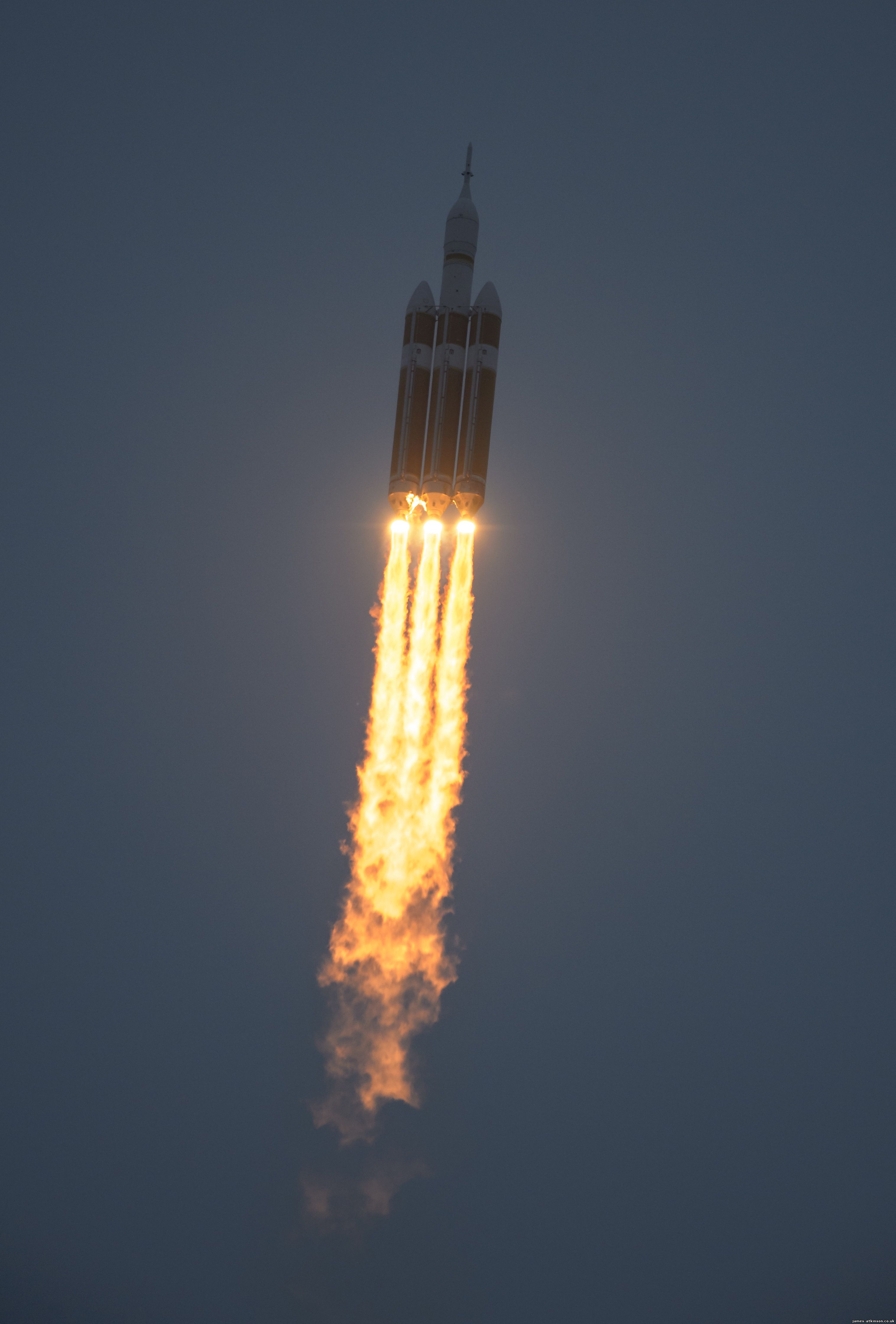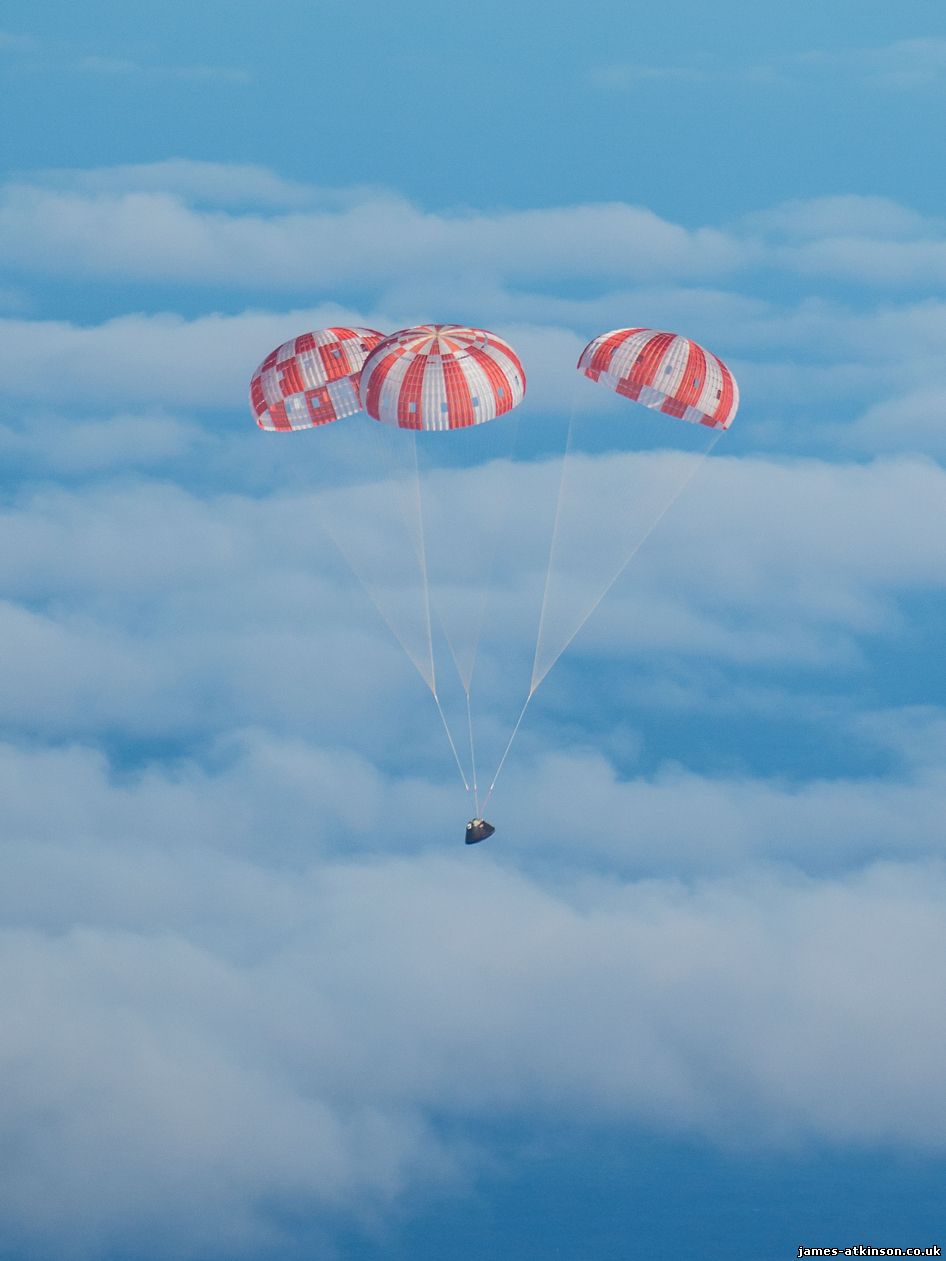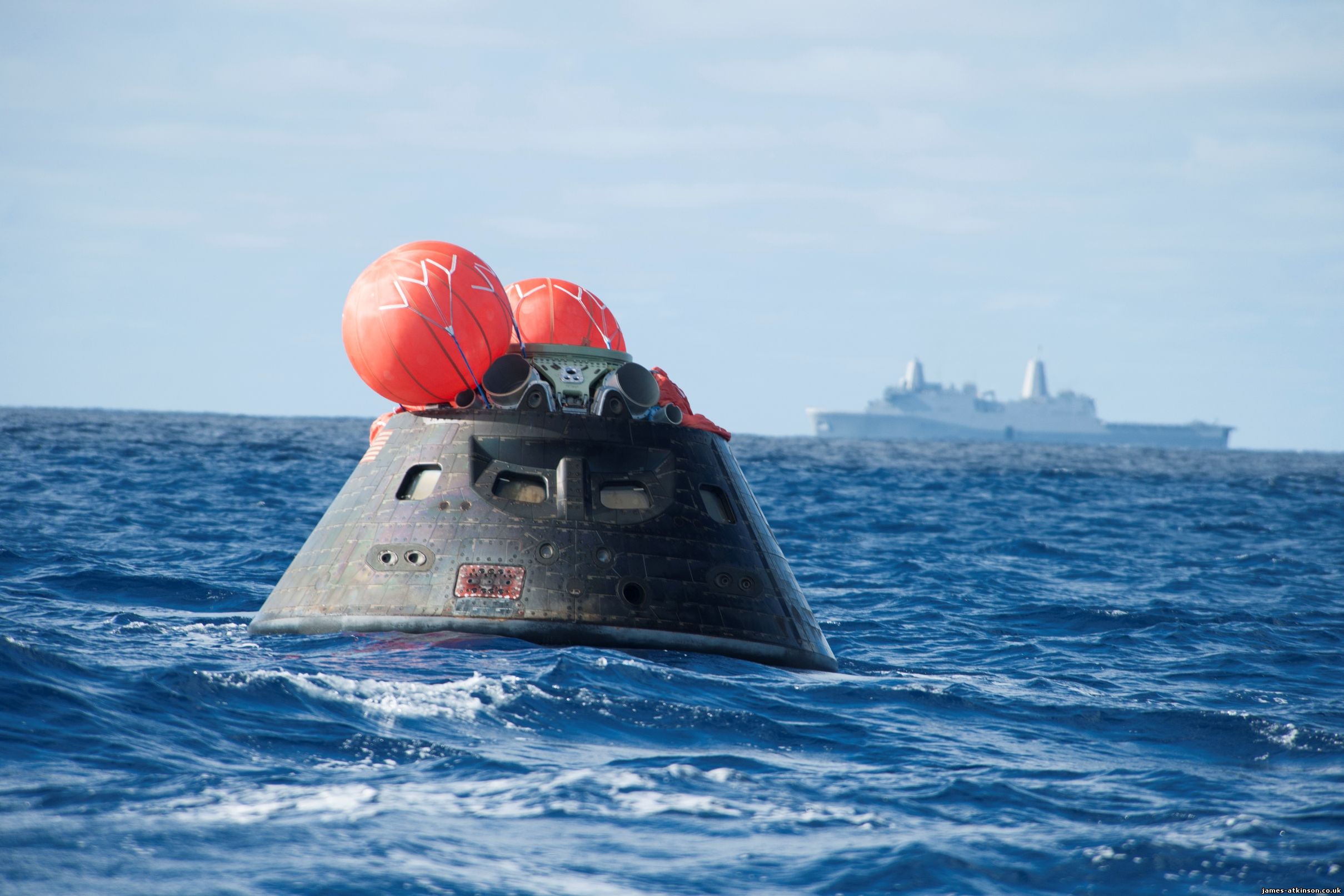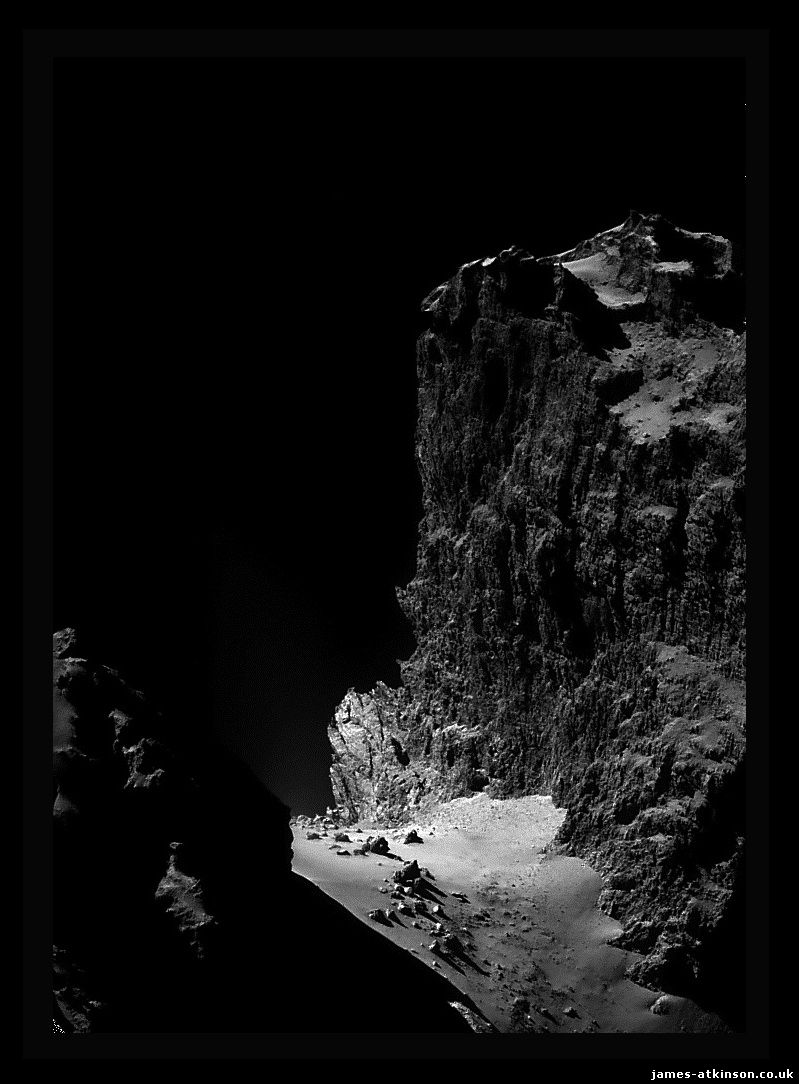1:09 AM On Christmas Eve 1968 Apollo 8 were the first humans to witness Earthrise and now Nasa’s new Orion is the future of human endeavor |
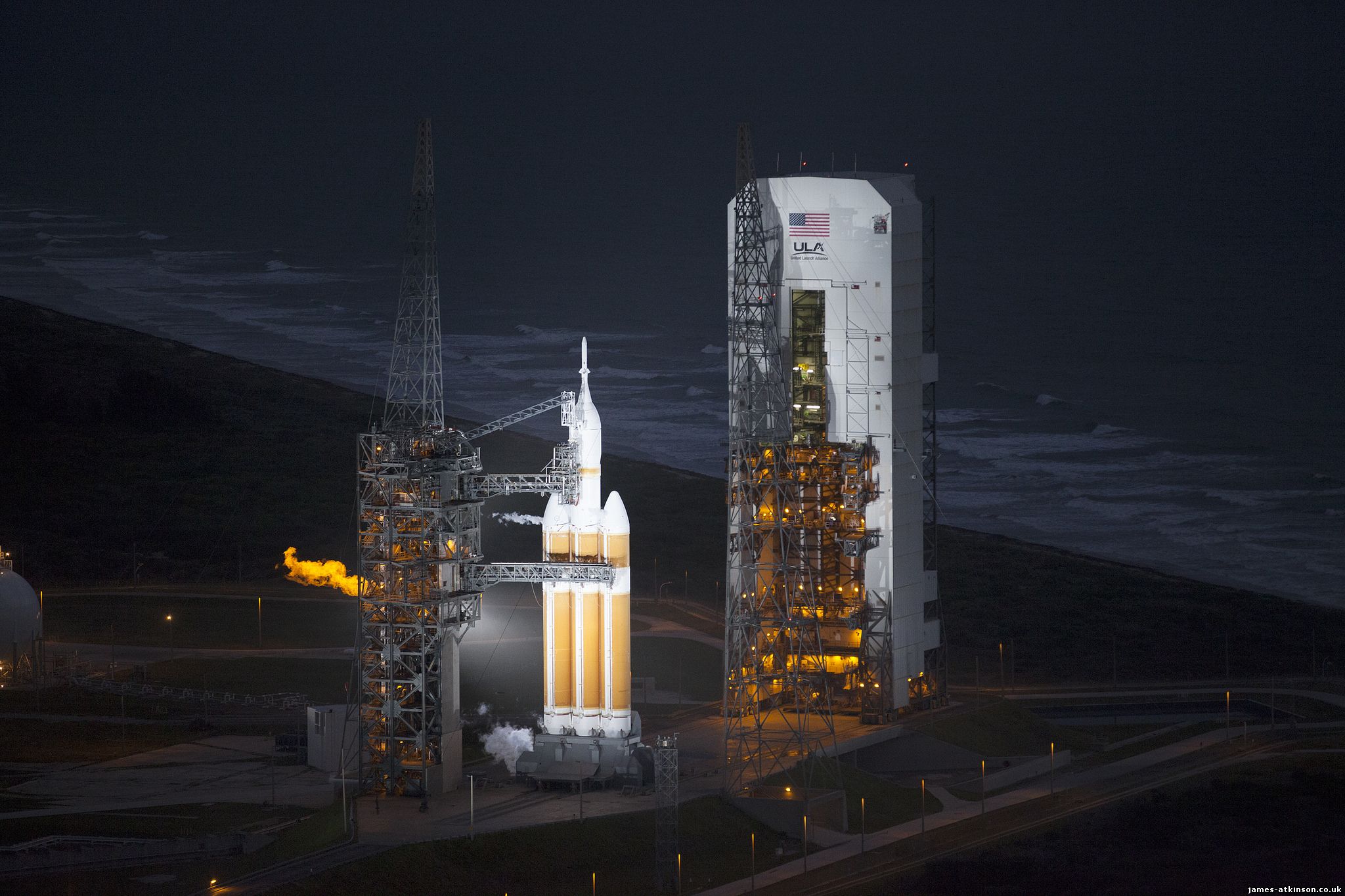 Nasa has just released a new video showing the return to earth of its Orion spacecraft. The 10-minute video is quite a trip for the capsule. It reminds me of the final sequences of the great Stanley Kubrick film 2001 A Space Odyssey. As Orion hits the friction created by the planets atmosphere at 20,000 mph the plasma builds up and changes colour due to temperature increases. The capsule uses the same heat shield tiles that the space shuttle developed. The video follows the craft as it splashes down in the Pacific Ocean. It has been incorrectly described as old technology, being compared with Apollo and Soyuz capsules. This cannot be further from the truth, as Orion will carry twice the passengers into deep space. It will travel longer, faster and be subjected to forces that no other manned craft has withstood before. 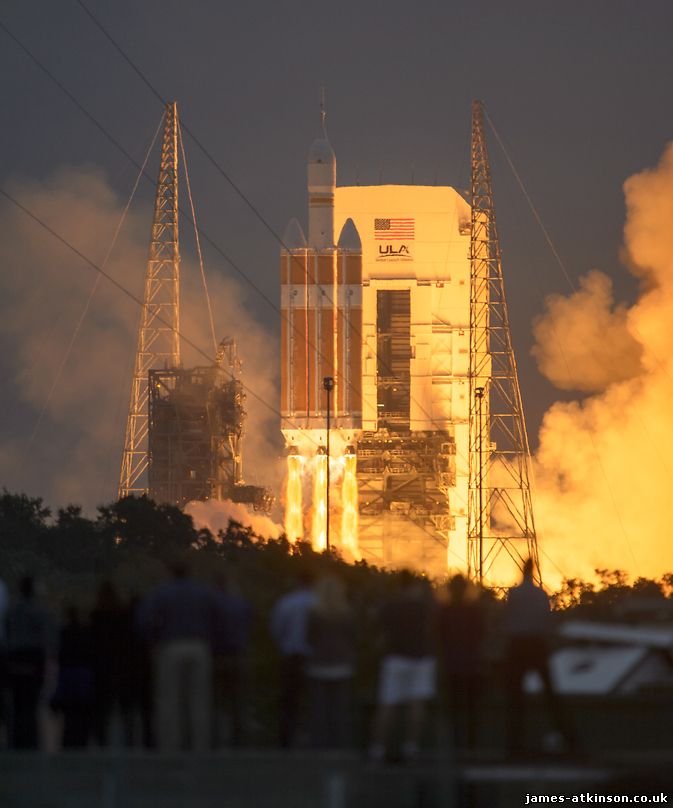 Orion is the next level in human exploration. Critics have been particularly vocal about the billions spent on such a venture. I feel these detractors ignore human evolution. For us to strive we must succeed in pushing the limits and the alternative has been spending trillions on war in order to develop advances regarding technology. It is time to take the practical step and go beyond the moon into deep space and explore. For more details on Orion click the link below where there is a great web graphic that explains the vehicle in more depth.
- below is the comet as captured from Rosetta
"NavCam Comet 67P animation 20140806 (cropped)" by ESA/Rosetta/NAVCAM - CC BY-SA IGO 3.0 - This file was derived from: Original: ESA/Rosetta/NAVCAM File:NavCam Comet 67P animation 20140806.gif. Licensed under CC BY-SA 3.0-igo via Wikimedia Commons. Nasa's Orion Infosite |
|
|
| Total comments: 0 | |
